I'm trying to repair a small electronic door bell.
I was wondering what is the name and purpose of the white box component ? It seems to be just a wire with some white body around.
Is it a resistor or a fuse? My guess is that 4W22R means 4 watts 22 ohms but I'm not sure.
How can I test that component is still working ?
AFAIK the ground (the black wire) goes through the 400V capacitor first, then it has to go through that white component before going to the bridge rectifier.
EDIT : I found out the issue : the zener diode is dead and acts like a wire (it's always closed). Because of this, the main 400V capacitor is never charging and don't provide power to the rest of the circuit. I disoldered the diode and tried to put 5.0V directly between the solder joints using a external power supply, it works again ! Thanks Marko Buršič for pointing out the zener diode.

